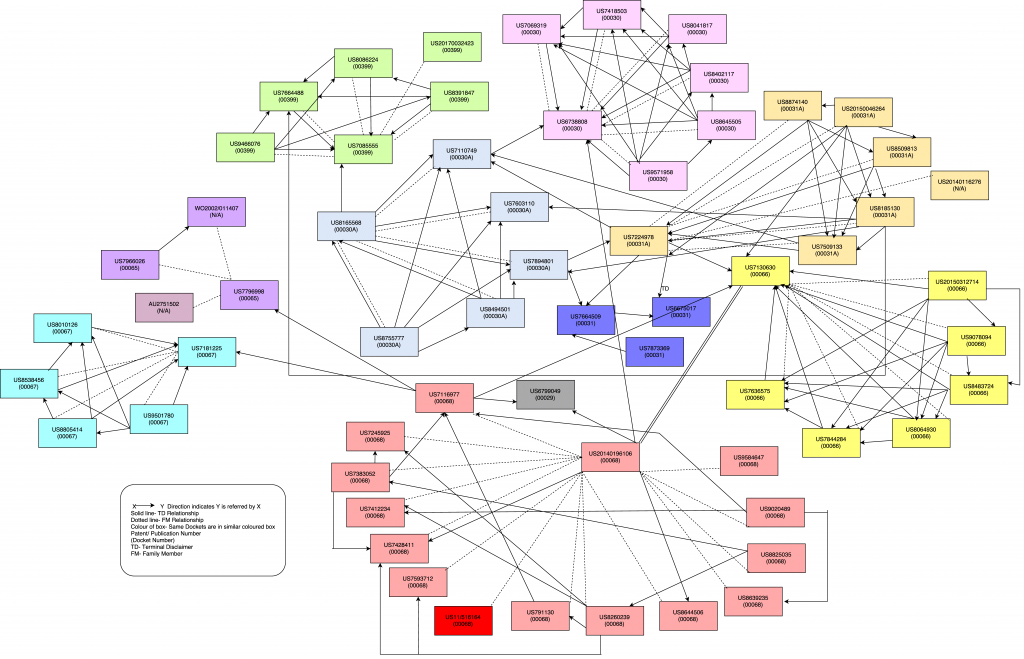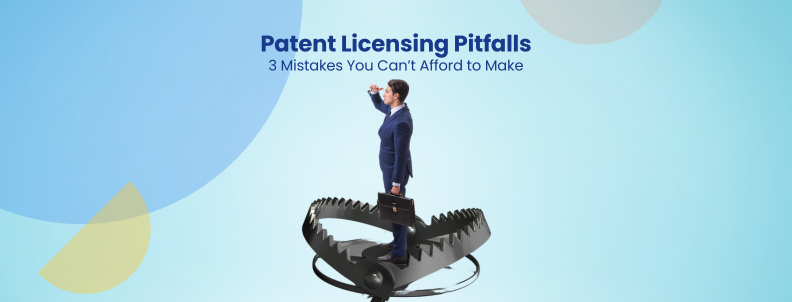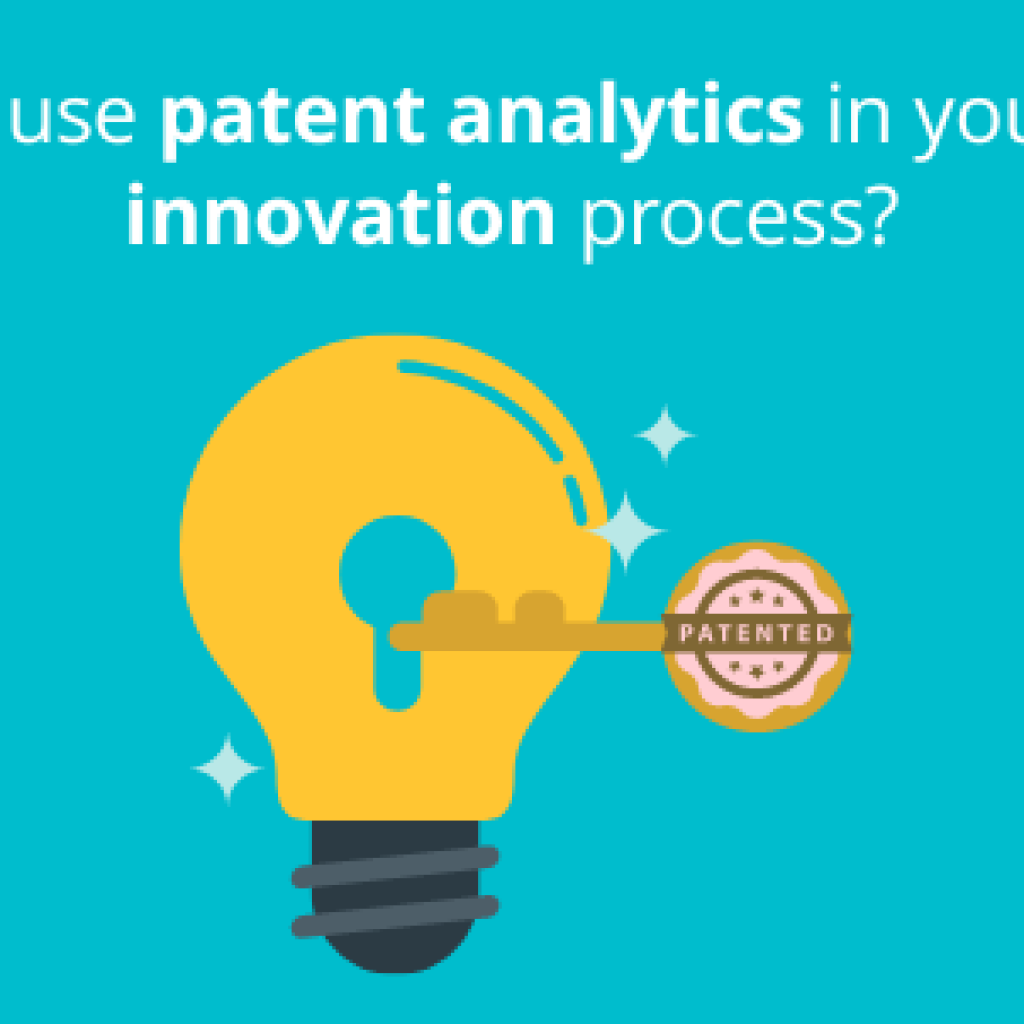Exploring additional revenue streams beyond the primary product line is a common goal for many companies. However, the monetization department often encounters numerous obstacles when venturing into licensing patents. Initially, the inertia can be significant. While written guidelines are readily available online, they only provide a superficial understanding of the process. The complexities and nuances of licensing patents demand careful attention, as neglecting these details can result in financial losses instead of gains.
This article discusses 3 significant risks that cannot be overlooked when licensing patents.
1. Inadequate patent categorization by the prosecution team
A key step in monetizing a company’s portfolio is thoroughly analyzing it and organizing the data effectively. This data is typically scattered across various departments, presenting the initial challenge of team collaboration and information gathering. However, the information might not be immediately actionable, even once compiled by the prosecution team. For instance, technology classifications may be too broad, or the internal terminology used may differ significantly from industry standards.
The prosecution team maintains the data solely focused on obtaining the patent grant, as that’s their primary objective. The licensing team can’t use this information directly before transforming it because they need more granular information for monetization activities.
Slate can help maintain this information in a structural and organic way. As a result, multiple teams can easily collaborate to achieve their respective objectives.
Discover How Slate Facilitates This Process.
2. Lack of awareness about terminal disclaimers
Several clients have recounted their experiences prior to consulting with GreyB, where licensing deals involving a bundle of patents resulted in substantial financial losses. Some cases initially excluded a critical patent from the bundle but later added it due to being a terminally disclaimed patent. Unfortunately, the team overlooked the significance of evaluating terminal disclaimers when assembling these bundles.

For instance, the chart above shows that US6738808, US7110749, and US20140196106 belong to different INPADOC families but share a link through a terminal disclaimer. Thus, a substantial web of relationships of patents may connect through the terminal disclaimer.
Recommended Read -: Terminal Disclaimer – Easy to Overlook, Lethal if Ignored
3. Not identifying implemented patents
A critical phase in the licensing process is determining which patents are suitable for it. First, consider actively excluding patents that should not be licensed. Thoroughly scrutinize patents foundational to your products and/or implemented in your products before licensing them to set the conditions in the agreement accordingly. Overlooking this step can lead to unforeseen financial losses.
Maintaining all this data in Slate can easily help you identify the blind spots in licensing patents.
By adopting a proactive approach and leveraging tools like Slate, patent professionals can navigate these challenges effectively, ensuring that their patent licensing efforts boost their strategic goals rather than becoming potential sources of financial risk.
See how Slate assists in the patent licensing process.
Authored By: Varun Sharma, Product Development










